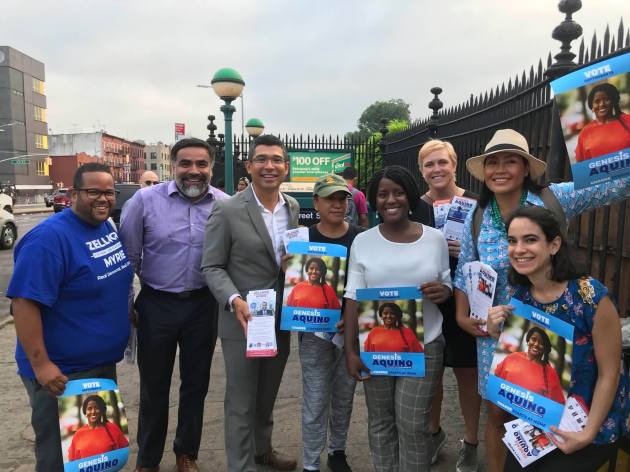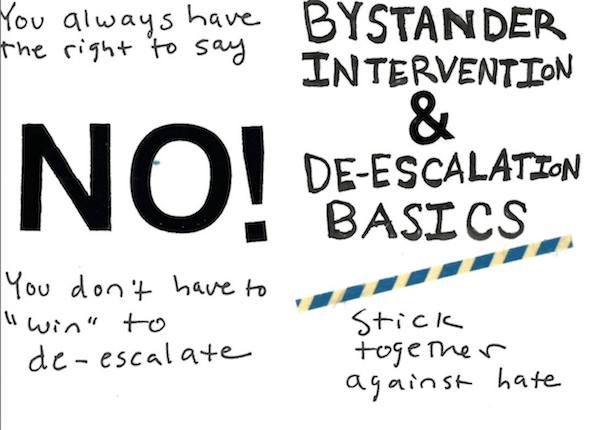
I’ve been writing and deleting, setting aside and picking up this post over the past few months, choking on rage as I did so. Every time I tried to return to it to make a coherent point about the political state of things there was more violence to account for, more things to make sense of. Tragedy after tragedy, hurt after hurt has been piling on. I spent most of my days feeling reactionary, emotionally frayed and deeply sad. I started to pick fights about things that did not matter.
I tried to craft a deeply angry but intellectually developed piece in response to the sexual violence women face as part of their daily lives after the Brock Turner case. Then in response to the brutal attack at the Pulse nightclub in Orlando. And then after police have took the lives of more Black people (again). And then after ongoing violent attacks by religious extremists all over the world.
Some of my friends on my social media feeds tried to stay positive, saying “Now is the time we can heal, now is the time we can address these injustices,” or, “At least all this ugliness is out in the open and taken more seriously as injustice.” And as communities who care about social justice we march, we cry, we grieve, we raise our voices, we nurture our communities, but the sheer helplessness I felt when seeing these acts of violence occur over and over rubbed like raw heartbreak.
I kept asking myself, “What will really make power budge? What will effect impactful change?” It’s the same question I’ve been asking myself, and my friends, and my teachers, and all those who are smarter and have lived fuller lives than me, for over twenty years.
In my teens and early twenties I had enough of an ego to think that by sheer force of will I could help change the world. I desperately wanted to see a world free of racism, sexism and homophobia, that had shaken off the vestiges of colonialism and imperialism. I still do. Of course I didn’t understand how long change takes, that it’s incremental and part of thousands of small steps. I also didn’t understand how reactionary and fearful those in power (even after I read all those post-colonial studies texts in college) can be and how they will hold on to what little power they have for as long as they can.
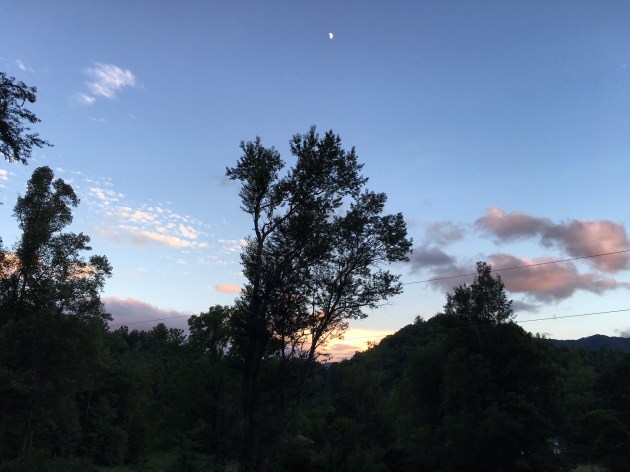
I was weighed down by my own hopelessness and found that I was practicing hopelessness as a defense against more heartbreak and disappointment. I thought that being hopeless would protect me, not realizing I had the luxury to be hopeless because it gave me a reason to hide behind my privilege as a white, upper middle class person.
And then I read this line, “Activism isn’t reliable. It isn’t fast. It isn’t direct either, most of the time, even though the term direct action is used for that confrontation in the streets, those encounters involving law breaking and civil disobedience.” Oh. Right.
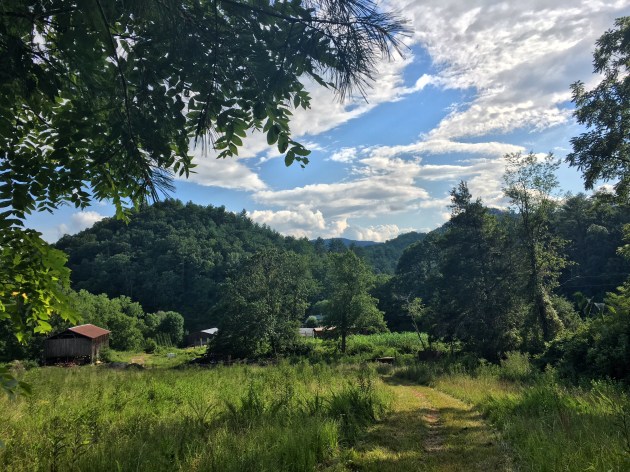
These words were in “Hope in the Dark,” Rebecca Solnit’s book from 2005 (re-released this year). She goes on to make the case for hope as a more radical act than despair to read while I was on a solo trip in the California desert this winter. I didn’t get to it then. I finally started to read in August during a week-long artist’s residency held deep in the mountains of North Carolina. On the suggestion of my friend Elisa I signed up for the CAMP residency, a week long collaborative art and community-oriented project designed for artists who need time, space and to be around those of different disciplines and ideas to create their work.

This year CAMP was held at Azule, an incredible house designed by a visionary artist named Camille who imagined it as a healing, creative space, with a strong under current of social justice. It was exactly what I needed. After so much heaviness and stress having the time to re-find my own creative focus felt liberating. I spent the week writing, debating, thinking, dying cotton indigo and casting my fingers in plaster, hiking a section of the Appalachian trail, and scrambling barefoot down a steep muddy bank to a swimming hole, eating together meals prepared with local ingredients and a lot of panache and love. And reading.

I usually read nonfiction with a pencil so I can underline the really good passages, but I failed to keep a pencil with me as I wandered around Azul picking corners on the deck or sagging arm chairs in the living room to flop down and read, so I just dogeared pages with passages that stood out to me.
But I actually set down my book and went in search of a pencil to underline this one, “Writing is lonely, it’s an intimate talk with the dead, with the unborn, with the absent, with strangers, with the readers who may never come to be and who even if they read you will do so weeks, years, decades later. An essay, a book, is one statement in a long conversation you could call culture or history; you are answering something or questioning something that may have fallen silent long ago, and the response to your words may come long after you’re gone and never reach your ears, if anyone hears you in the first place.”

Solnit illustrates, though her heady mix of history, personal story, and political analysis, that to have hope is a radical act. To keep to a far-sighted vision for change and have the audacity to believe it can happen can take decades or centuries. Or it can take a month, but when when change arrives, radical struggles to achieve it are mostly erased and those in power act like it has always been such. “Thought becomes action becomes the order of things, but no straight road takes you there.”

As I read I thought about how much the world has changed in the decade since she originally wrote this book (Obama had barely started his Presidential campaign, gay marriage was not legal just being two huge examples) and I started to think about activism and my role in social justice differently. I started to despair less. However, change does feel incremental and slow when injustices like police violence against communities of color and constant sexual violence against women and queer people are right there and so blatant.
I started to realize the power of being around art and artists, those who are critical and make work to disrupt the status quo, the power of being in a place explicitly created to foster discussion, possibility, community and change – in short, hope. I spent so much of my twenties proclaiming “Art is activism!” and trying to use art as a lens for transformation that I lost my own personal connection to it. It getting closer to art, in delving into my own practice and others, I started to connect with the idea of hope, and activism, again.
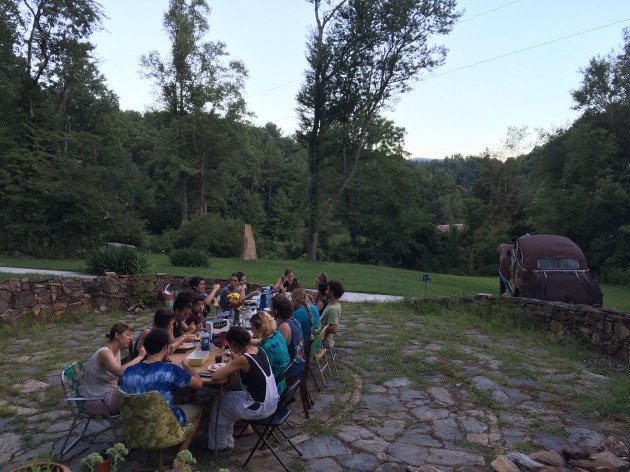
Having hope does not mean that injustice does not make me angry and reconnecting to my activist flame (as opposed to the very critical but very cynical attitude I have carried around lately) does not erase my privilege. In my rage I ask, how do we not give into exhaustion and despair and instead support each other knowing the struggle for justice is long, knowing that we will be discredited by mainstream power, but knowing that is is worth it for a more equitable world? How do we think productively about power and privilege and how we occupy them and act as allies to each other? These questions are rhetorical -we make our lives and a better world by the connections we build with each other while we explore them. We make our lives in trying out different answers. We make our lives knowing we have to be in this together and it’s up to us to figure out how things can be different.

Solnit as a writer is always there to guide and remind me. In her words, “Resistance is usually portrayed as duty, but it can be a pleasure, an education, a revelation.”
